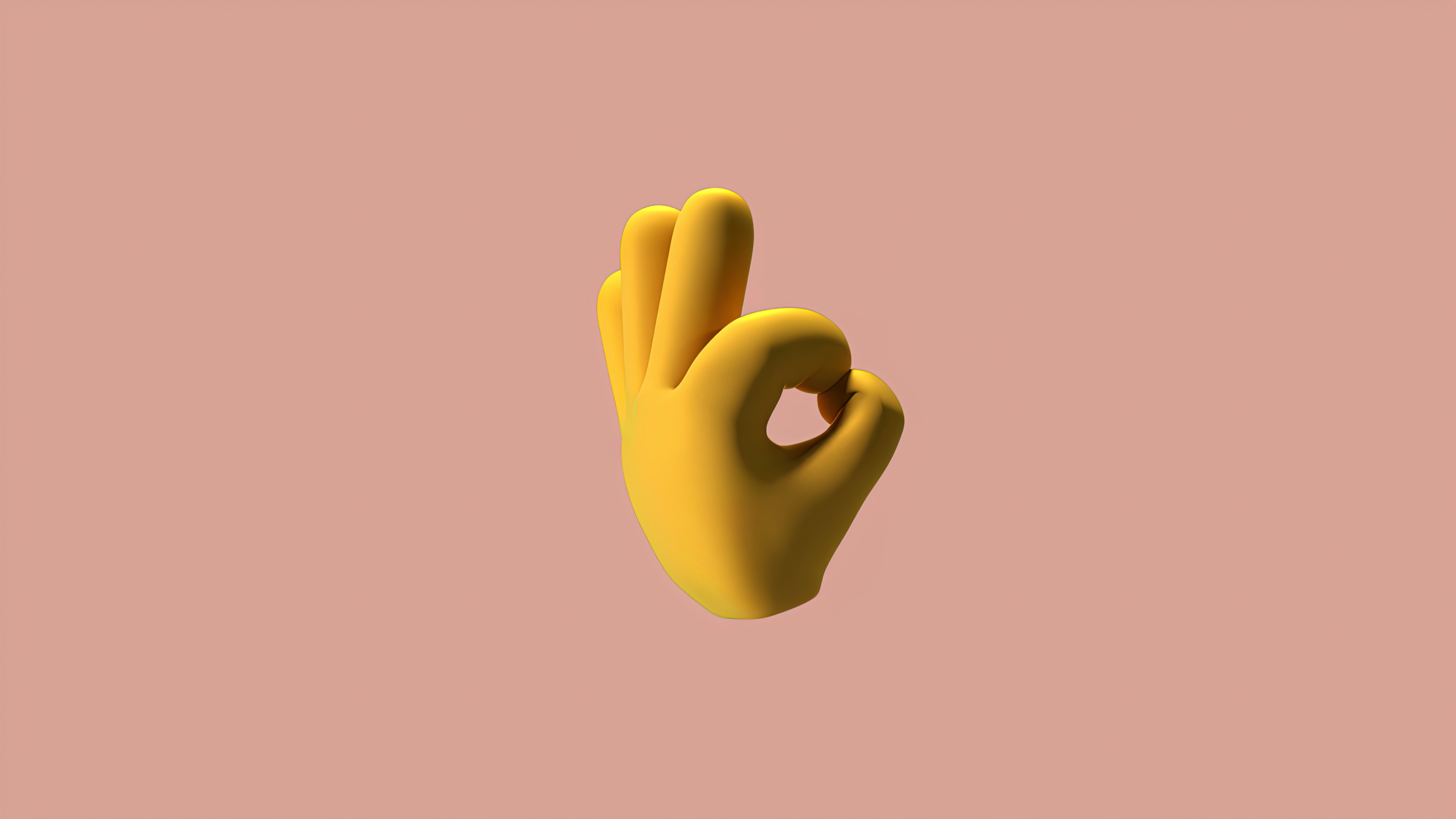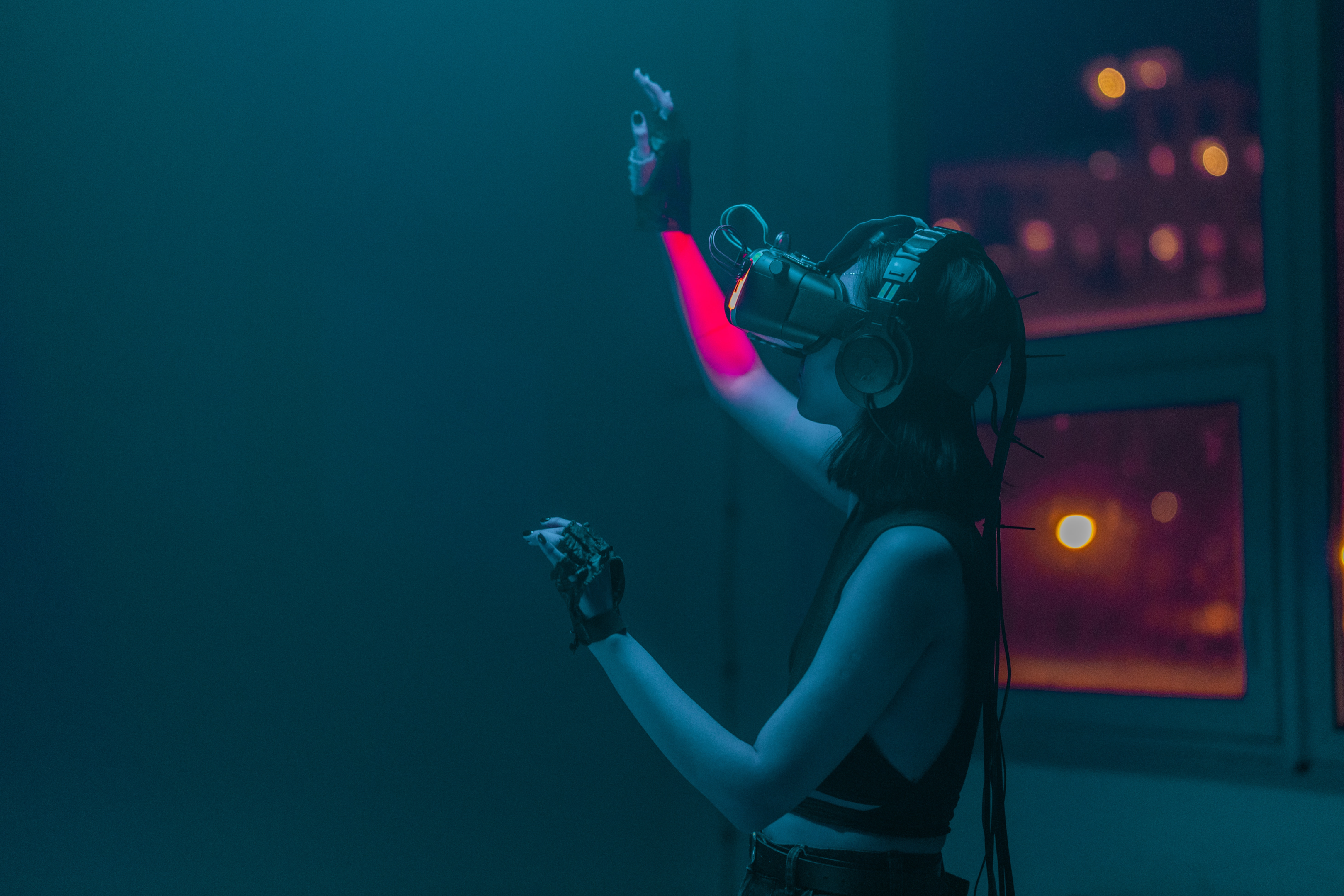
Trends and Innovations in Digital Graphic Design: What is Next?
Last update: 19 January 2024 at 09:09 am
Key Takeaways
- Current Trends:
- Minimalism, bold colours, asymmetrical layouts, 3D design.
- Examples: Apple, Spotify, Dropbox, Nike.
- Innovations:
- AR and VR (IKEA), AI integration (Canva), motion graphics (Nike Run Club), and responsive design (The New York Times).
- Future Trends:
- Immersive experiences, voice interfaces, generative design, biometric interaction.
- Staying Ahead:
- Continuous learning, collaboration and networking, experimenting and exploring, avoid overreliance on trends.
Modern sales and marketing strategies are highly influenced by digital graphic design. It, in fact, is responsible for shaping the visual world around us. However, similar to any other industry, even the graphic design industry is ever-evolving. Current trends, innovations, and emerging technologies drive it.
To be deemed as a go-to digital graphic designer, it is critical that you stay at the forefront of trends and innovations. Only then can you create visually stunning and engaging web pages and designs that leave a lasting impression.

So, are you ready to keep up with the constantly changing design trends, styles, and techniques in the graphic design industry? Are you keen to explore the current trends that are shaping the industry? Or perhaps you are interested in gaining insights into what the future holds for this ever-evolving field. Dive into this blog head first!
We have included everything from expert analysis, practical tips, and real-world examples. By the time you finish reading this blog post, you’ll be equipped with the knowledge and tools to craft visually compelling designs – those that resonate with the audience of this digital age!
1- Current Trends in Digital Graphic Design
The ever-evolving world of digital graphic design requires graphic designers to stay up-to-date with the latest trends. The latest knowledge and understanding can help create visually captivating and effective designs.
With that being said, let’s dive in to comprehend some current trends that are ruling the digital design industry –
1.1- Minimalism:
Minimalism has become a dominant trend in digital design. The focus on simplicity, clean lines, and ample white space seems alluring to most people. It aims to strip away unnecessary elements and distractions, allowing the core message to shine through. Minimalist designs often feature crisp typography and subtle colour palettes. They even have precise compositions.
- Example: A perfect example of minimalism in graphic design is the website of Apple Inc. With its clean layout, generous white space, and minimalist product showcases, Apple’s website demonstrates how less can be more. This creates an elegant and user-friendly experience while retaining enough visual communication.
1.2- Bold and vibrant colours:
In contrast to the muted colour palettes of the past, graphic design now embraces bold and vibrant colours to capture attention and evoke emotions. Graphic designers are experimenting with vivid hues, gradients, and duotones to create visually striking compositions that stand out in a crowded digital landscape.
- Example: Spotify, the popular music streaming platform, incorporates bold and vibrant colours throughout its branding and interface. Their use of vivid greens, yellows, and pinks creates an energetic and dynamic visual identity, reflecting the diverse range of music and the spirit of the brand.
1.3- Asymmetrical layouts:
Asymmetrical layouts have gained popularity as digital designers seek to break away from traditional grid-based designs. By intentionally placing graphic design elements off-centre or using irregular shapes, digital designers can create visually intriguing and dynamic compositions. Asymmetry adds a sense of movement and visual interest, capturing users’ attention and encouraging them to explore digital design further.
- Example: The website of Dropbox features an asymmetrical layout with overlapping sections and dynamic imagery. This approach creates a visually engaging experience that breaks away from the conventional grid and adds a modern and edgy touch.
1.4- 3D design:

Advancements in technology have opened up new possibilities for graphic designers. Now, they can incorporate three-dimensional elements into their digital designs easily.
The 3D digital design adds depth and realism to digital assets. This creates an immersive experience for users. Whether it is product visualisations, architectural renderings, or interactive 3D graphics, incorporating three-dimensional elements can elevate the visual impact of digital designs.
- Example: Nike, a renowned sports brand, often utilises 3D graphic design in its digital campaigns and product presentations. Their use of three-dimensional models and interactive features allows users to explore products from different angles, providing a more engaging and realistic experience.
1.5- Custom illustrations and fonts:
To stand out in a sea of generic designs, many brands are opting for custom illustrations and fonts. These unique visual elements help create a distinct brand identity and establish an emotional connection with the audience. Custom illustrations can bring a touch of whimsy or storytelling, while custom fonts can add personality to visual design and reinforce the brand’s messaging.
- Example: MailChimp, the email marketing platform, incorporates custom illustrations throughout its website and branding. These playful illustrations not only add visual interest but also convey the brand’s friendly and approachable personality, making it memorable and distinct from its competitors.
Incorporating these current trends into your graphic designs can help you create visually stunning experiences. You can also engage your end users for a longer time span. Now let us learn about innovations that are shaping the future of digital design.
2- Innovations in Digital Graphic Design
The driving factor behind the ever-changing world of graphic design is innovation. Designers are always experimenting with novel techniques and technologies. This helps them create interesting and interactive experiences for the end users.
Let us explore some of the key innovations that are transforming the future of graphic design.
2.1- Augmented Reality (AR) and Virtual Reality (VR):

Augmented Reality (AR) and Virtual Reality (VR) technology have transformed the way users engage with digital content. Statista’s recent report on global augmented and virtual reality states that the industry will increase by over $100 billion by 2026. This clearly indicates the growing demand for AR and VR technologies.
AR helps in overlaying virtual elements in the real world. It enhances the user’s perception. And it also provides contextual information. VR, on the other hand, immerses users in virtual environments. VR assists in creating realistic and immersive experiences.
- Use Case: The IKEA Place app utilises AR technology to allow users to virtually place furniture in their homes. By using the app and the device’s camera, users can see how different pieces of furniture would look in their space before making a purchase. This innovative use of AR enhances the shopping experience and helps users make informed decisions.
2.2- Artificial Intelligence (AI):
Artificial Intelligence (AI) has permeated various industries, and digital graphic design is no exception. What makes AI-powered tools and algorithms a preferred choice is that they can –
- Automate repetitive tasks.
- Generate digital design variations.
- Provide valuable insights into user behavior and preferences.
Graphic designers can leverage AI to enhance their creative process and optimise workflows. This eventually assists in delivering personalised experiences at scale.
- Use Case: Canva, a popular online graphic design tool, utilises AI to suggest digital design layouts and colour combinations based on user preferences. The AI algorithms analyse vast amounts of digital design data to offer intelligent recommendations, saving designers time and providing inspiration for their projects.
2.3- Motion graphics and animation:
Motion graphics and animation have become integral parts of digital design, adding movement, interactivity, and storytelling to otherwise static images and visuals. From micro-interactions to complex animations, designers leverage motion to engage users, convey information effectively, and create memorable user experiences.
- Use Case: The Nike Run Club app incorporates motion graphics and animation to provide real-time feedback and motivation to runners. As users track their runs, they receive animated milestones and achievements, creating a sense of progress and rewarding their efforts. This use of motion graphics enhances the overall user experience and keeps users engaged with the app.
2.4- Responsive design:
With the birth of various digital devices and screen sizes, responsive design has become essential in digital graphic design. Responsive web design ensures that designs adapt seamlessly to different devices. This results in a consistent user experience.
UI Designers may produce designs that are usable and aesthetically pleasing on any platform by utilising fluid grids, flexible layouts, and media queries.
- Use Case: The website of The New York Times demonstrates responsive digital design by adapting its layout and content to fit different screen sizes. This means no matter what type of device the users use – a large desktop monitor or a small smartphone screen, the website maintains a cohesive and user-friendly experience. This ensures that readers can access the news on any device.
By embracing these innovations in your graphic designs and user research, you can create cutting-edge experiences that captivate users and deliver impactful results.
3- What is Next in Digital Graphic Design?
The field of digital graphic design is ever-evolving. As designers, it is essential to look ahead and anticipate the future trends and innovations that will shape the industry.
Let us dive further and explore some predictions for what is next in graphic design. And let us also discuss the impact of emerging technologies on the field.
3.1- Predictions of upcoming trends and innovations:
While the future is always uncertain, certain trends and innovations show promising potential. Here are some graphic design predictions that you can expect:
- Immersive design experiences: With advancements in AR, VR, and mixed reality technologies, we can anticipate more immersive digital design experiences that blur the boundaries between the physical and digital worlds. Interactive and engaging designs that respond to users’ actions and environments will become more prevalent.
- Voice interfaces and AI assistants: As voice-controlled devices and virtual assistants continue to gain popularity, graphic designers will need to consider designing for voice interfaces. Conversational digital interfaces and AI-powered assistants will play a huge role in shaping the way users interact with digital content. As per a report by Grand View Research, the global artificial intelligence market is expected to reach $1,811.75 billion by 2030. This clearly indicates the significant impact of AI on various industries, including digital graphic design.
- Generative design techniques: Generative design, driven by algorithms and machine learning, allows graphic designers to create endless variations and explore new possibilities. By defining parameters and letting the computer generate digital design options, designers can push the boundaries of creativity. This can open doors to discovering innovative solutions.
- Biometric and gesture-based interactions: With advancements in sensor technologies and wearables, biometric and gesture-based interactions will become more prevalent. Digital designers will need to consider how to incorporate these interactions seamlessly into their designs. Only then can they create intuitive and personalised user experiences.
3.2- Discussion on the impact of emerging technologies on digital graphic design:
Emerging technologies are set to have a profound impact on digital design. This, in turn, will revolutionise the way designers work and the experiences they create. Here is an example of how an emerging technology is influencing the field:
- Use Case: Generative Adversarial Networks (GANs), a subset of AI, have the potential to transform how digital designers approach creating visuals. GANs can generate realistic images and designs based on training data, opening up possibilities for automating certain digital design tasks and creating unique and personalised visuals.
3.3- How digital designers can stay ahead of the curve:
To stay ahead in the fast-paced world of digital design, graphic and UX designers need to continuously adapt and learn. Tips listed below can come in handy in helping you stay ahead of the curve:
- Continuous learning: Embrace a growth mindset and invest in your professional development. Attend digital design conferences, workshops, and webinars to stay updated with the latest trends and technologies. Explore online learning platforms and resources to expand your graphic design skills and knowledge.
- Collaborate and network: Engage with fellow digital designers, join digital design communities, and participate in collaborative projects. Sharing ideas and insights with others in the field can spark creativity. This could provide valuable learning opportunities.

Experiment and explore: Don’t be afraid to try new digital tools, techniques, and digital design approaches. Experimentation allows you to push your boundaries and discover new possibilities. It can set you apart from others in the industry.
Avoid doing things like –
- Relying solely on trends: While trends can be inspiring and are essential for career growth. It is important that you do not become overly reliant on them. Trends come and go. This means focusing too much on following the latest fads can hinder your creativity and result in designs that lack originality.
- Stagnation: Avoid complacency and constantly seek growth and improvement. The digital design industry is constantly evolving, and staying stagnant can make it difficult to keep up with the latest technologies and digital design practices.
In conclusion
The digital graphic design industry is constantly evolving. It is driven by current trends, innovations, and emerging technologies. By embracing current trends, leveraging innovations, and staying ahead of the curve, digital designers can create captivating and impactful experiences.
Whether it is through minimalism, vibrant colours, emerging technologies like AR and AI, or staying informed about upcoming trends, graphic designers have the power to shape the future of digital graphic design.
Looking ahead, the future of digital graphic design holds exciting possibilities. Upcoming advancements definitely will reshape the way graphic designers work and the experiences they create, pushing the boundaries of creativity and user engagement.
Stay curious, continue to learn, and let your creativity soar. Since the future of digital graphic design is in your hands, let your designs inspire, engage, and leave a lasting impression on the world.






